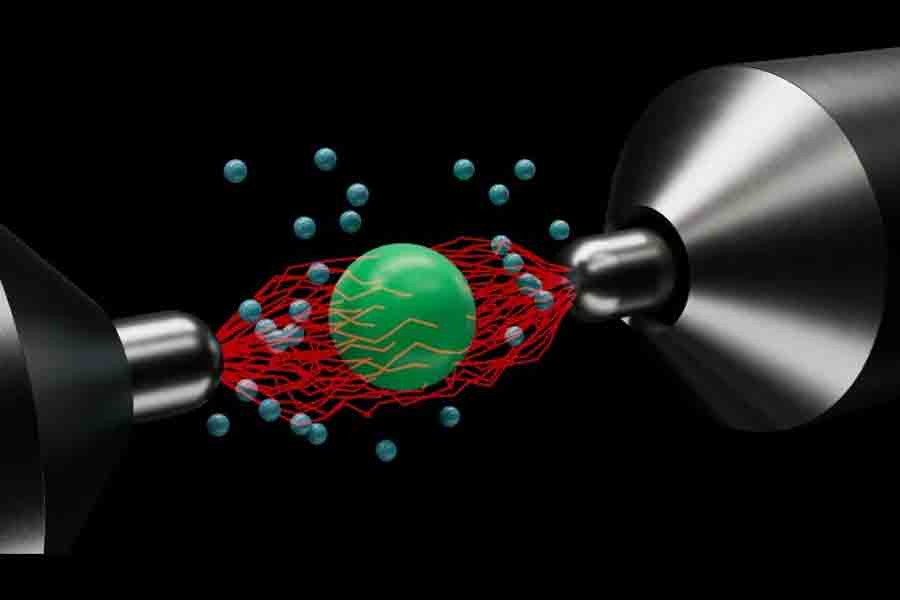
Published :
Updated :

Scientists have made an engine that is hotter than the sun's core. But how hot is the sun's core? The temperature of the sun's core is around 15 million degrees Celsius. Usually, the temperature of a typical star's (our sun is also a star) centre is between 10 to 20 million degrees Celsius. To have an understanding of how hot that might be, it can be said that, it is 200 times that of a lightning bolt.
The density of the core of a typical star is four times the density of osmium, the densest-known element on earth. At extremely high density, as in the core of a star, the material that makes it breaks down and completely ionize the star's core. And the gaseous (usually hydrogen) core of a star, under such extreme pressure and heat undergoes a process called fusion, turning hydrogen into helium. As a result, a large amount of energy in the form of gamma rays and photons radiates outwards. This is exactly what happens at the core of the sun making it so hot. But humans have now beat the sun in producing such high temperatures with the help of a microscopic engine.
To investigate how engines work at extremely high temperatures, a team of scientists at King's College, London and collaborators have created the world's hottest engine.
The engine is basically a silica particle, i.e., a very tiny bead of glass, only around 5 microns or micrometres across. Notably, one micron is equivalent to one millionth of a metre. The tiny glass bead, or engine in this case, hangs in space defying gravitation (levitated) with the help of an electric field. The researchers can increase the temperature of the glass bead exponentially by jiggling it through applying what they call a 'noisy' voltage. However, the jiggling microscopic engine did not always follow the standard laws of physics, or more specifically, thermodynamics, which deals with the relations between heat, work, temperature and energy. In fact, these are exactly the issues that an engine is all about. An engine converts heat into useful mechanical work. Our common experience with an engine is that it has many parts. But in the present case, it is a single-part or particle engine. Temperature of an object, say, water, is about how fast its particles (molecules) move about. The hotter the water, faster the water molecules would move in a random fashion. That means when the engine or the glass bead vibrates extremely fast, we can say, it is extremely hot. Now why devising this microscopic engine and heating it up to such extreme levels? The idea is to understand how protein molecules, like the microscopic glass bead engine, run around and jostle with their surroundings in a cell.
Unlike conventional machines, the tiny glass bead does not do anything particularly useful. As the particle moved about the electric field that jostled it, the temperature it experiences changed. This phenomenon is important for biological process such as protein folding. Proteins fold in millisecond, but the atoms which make them, move over nanoseconds. These divergent timescales make it very difficult for computers to model them. But by simply observing how the microparticle moves, as scientists in ancient times did, and by working out a series of equations based on that, scientists avoided the problem (computer modelling) completely.
By levitating the microparticle using the electric fields, scientists simulated the random forces that act on proteins during folding. Dr Jonathan Pritchett, Postdoctoral Research Associate at the King's College says, "Proteins are the engines that powers most of the important processes in our body, so understanding their mechanics and how that can go wrong is a vital step in understanding disease and how it can be treated." The team believes this new method could use less energy and be more sustainable than methods that rely on digital computers.
sfalim.ds@gmail.com


 For all latest news, follow The Financial Express Google News channel.
For all latest news, follow The Financial Express Google News channel.